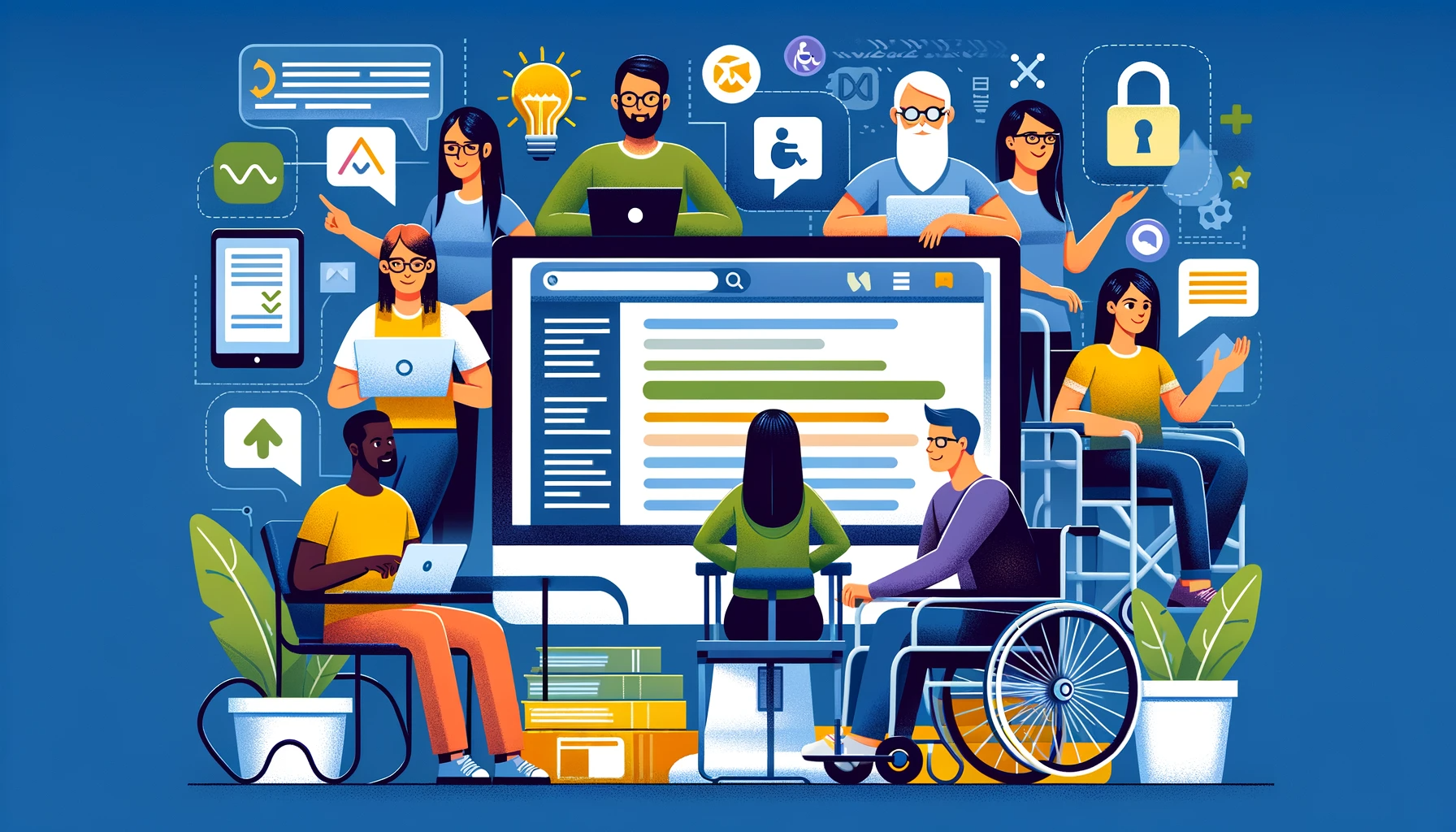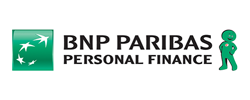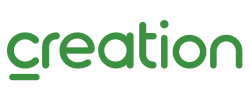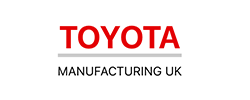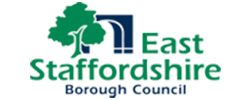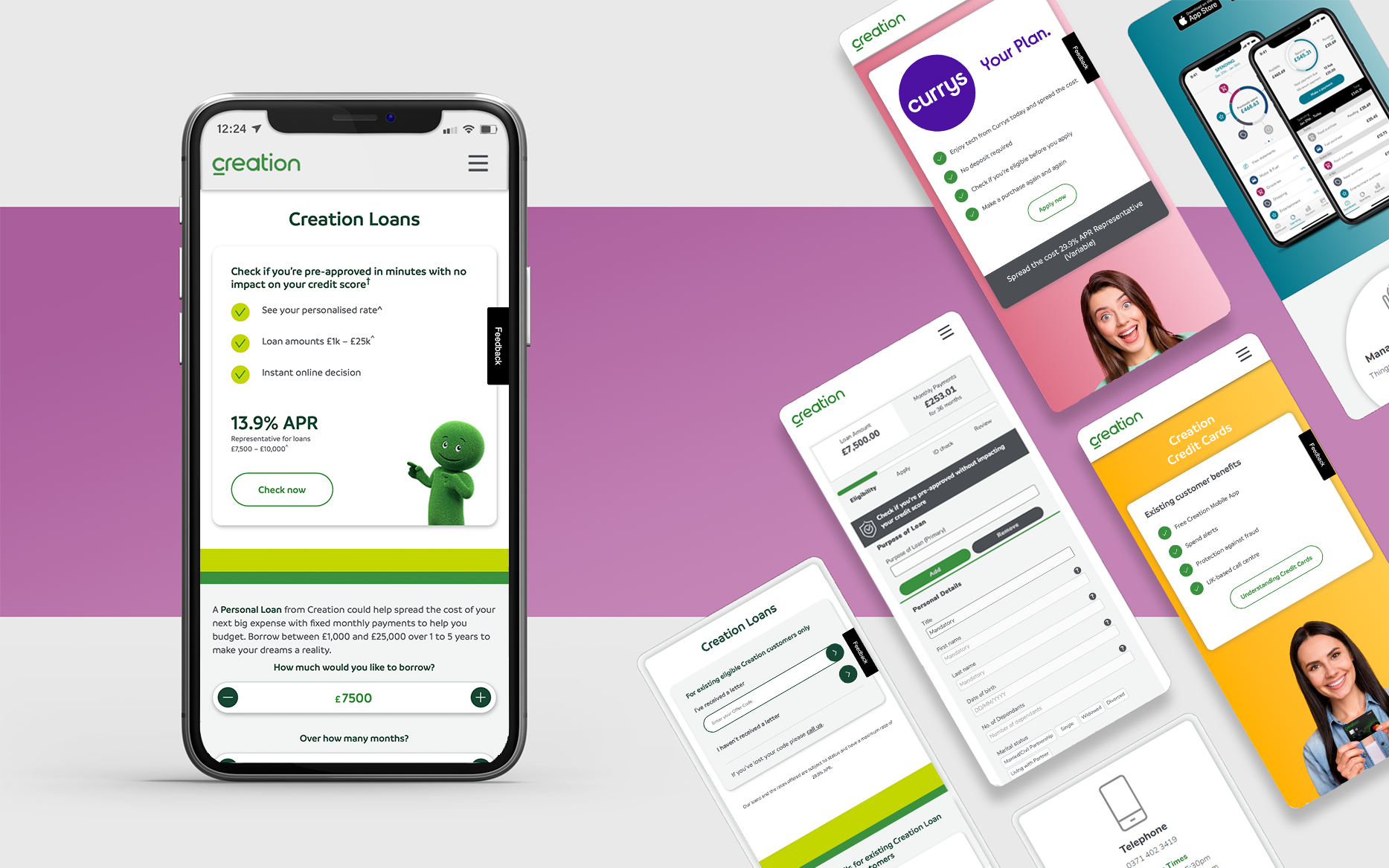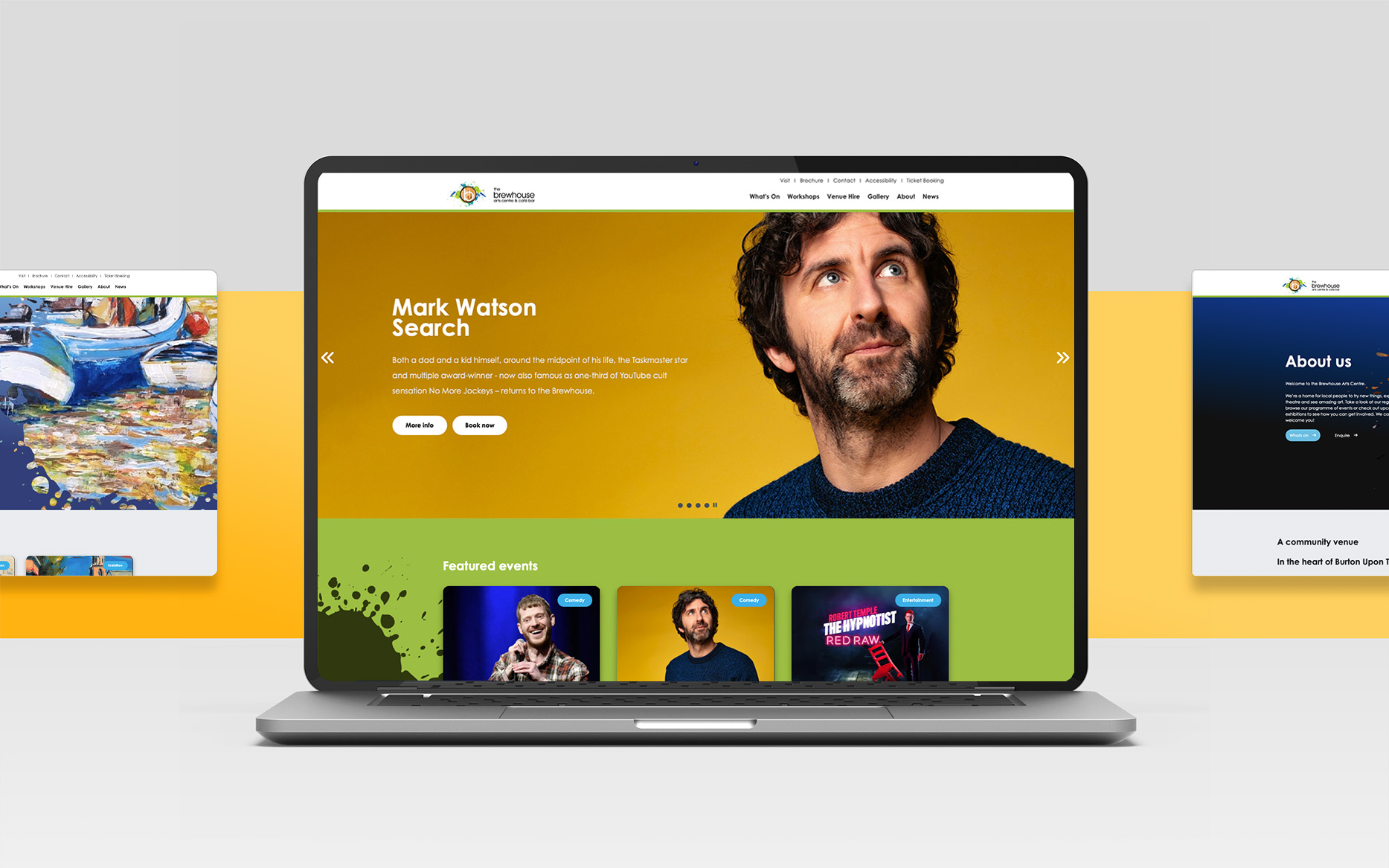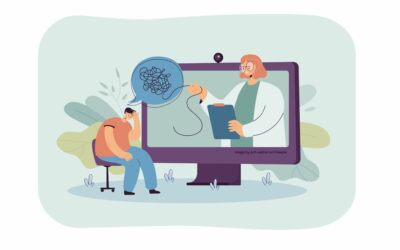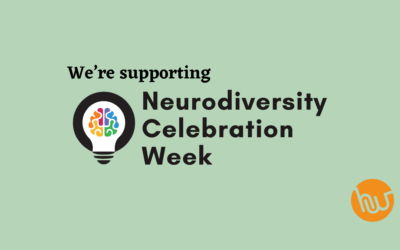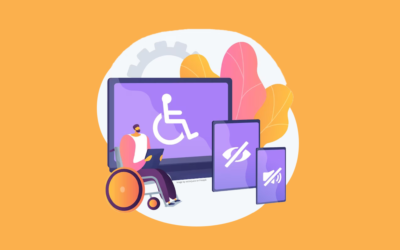Accessibility
Our team of developers are skilled at ensuring that all your designs meet the required accessibility standards
Accessibility is a basic human right
Beyond that, it positively impacts various facets of digital presence, including increasing traffic, improving SEO scores and even enhancing revenue streams.
Accessibility Services
Accessibility audit
Comprehensive accessibility assessments of existing software/ applications.
Accessible solutions
Ensuring software and web applications are coded to meet Web Content Accessibility Guidelines (WCAG) standards.
Accessible design
Inclusive design services that consider the needs of all users from the outset of a project
User Testing
Conducting usability tests around a range of scenarios.
Why Organisations are Choosing Accessibility
Accessibility is evolving to be a strategic imperative of all digital ventures, and brings a wide range of benefits to all projects. At its core, accessibility is not only the right thing to do but also a strategic decision that can yield significant advantages. By ensuring that everyone, regardless of their abilities, has equal access to information and services online, organisations are not only upholding inclusivity and human rights but also unlocking a multitude of opportunities.
Accessibility isn’t just about doing what’s right; it’s also about doing what’s smart.
Haywyre’s Reasons for Choosing Accessibility
It’s the right thing to do! We firmly believe that technology should be inclusive and accessible to all! If that isn’t enough, here are some other reasons:
Better user experience
Makes overall user experience more engaging and impactful.
Great for SEO
Accessibility practices go hand-in-hand with Search Engine Optimisation (SEO), leading to improved website discoverability, higher rankings and increased organic traffic.
Leads to increased revenue
WHO estimates there are over 1 billion people with a physical or cognitive impairment globally, which is around 1 in 6 people. That is a very large audience not to target.
Minimise legal risk
In many places, accessibility it not just a best practice it’s a legal requirement. Non-compliance can lead to lawsuits, fines and repetitional damage.
Enhanced brand reputation
Businesses with inclusive designs often outperform their competitors.
Reduced costs
Implementing accessible design templates into your project early costs a lot less than fixing accessibility issues later on.
Clients we’ve helped achieve their accessibility goals
What to Expect with Website Accessibility Testing
Accessibility is not a one-time effort but an ongoing commitment. We know all of our future projects are going to be delivered in compliance with the current accessibility requirements, but what about existing software? As the rules are regularly updated, it is important you regularly check and updates existing designs to remain compliant with the latest standards and regulations.
Website and mobile app WCAG testing
We’ll test your site against the WCAG standard, identifying and logging issues.
Assistive technology testing
Our manual WCAG compliance checks are complimented by testing user journeys with assistive technologies.
Reporting
We’ll provide you with a comprehensive report highlighting the issues found on each page.
Identify issues
We’ll show you how the issues we’ve identified impact your users.
Custom solutions
We’ll work with you to prioritise and fix all identified issues without comprising on your brand identity or website functionality.
Verification
Once implemented, we’ll verify each issue and update your report.
Planning
We’ll help you develop a plan for the future to ensure that each new iteration of your site is more accessible than the last.
Communication
Throughout the process, we’ll be available for support, issues and questions.
Accessibility Solutions
Our accessibility solutions are built around your businesses goals, priorities and project requirements
Our accessibility solutions are designed to seamlessly integrate with your existing workflows, whether you’re building a new website or updating an existing one. This ensure that accessibility is a natural part of your digital strategy, making it easier to maintain and update in the future.
Accessibile Design
We ensure your designs will be complient with the required WCAG level
User Testing
Every single page and component of your design will be tested to ensure a great experience for all
To ensure your website meets the needs of a broad user base, we employ a range of user testing scenarios that encompass various abilities, technologies and contexts. This includes users with disabilities, different assistive technologies (screen readers, voice commands, etc.), diverse devices (desktop, mobile, tablet) and various browsing environments. Our testing evaluates how your website performs across different browsers and operating systems, ensuring that everyone gets the best user experience.
Accessibility FAQs
What is digital accessibility and why is it important?
Digital accessibility refers to the practice of designing and developing digital content, such as websites, applications, and documents, in a way that ensures equal access and usability for all individuals, regardless of their abilities or disabilities. It is about creating a digital environment that accommodates everyone, including those with visual, auditory, motor, cognitive, or other impairments.
Inaccessible websites, applications and documents can create significant barriers, excluding a substantial portion of the population from accessing essential information, products and services online. By prioritising digital accessibility, organisations not only comply with legal requirements and industry standards but also demonstrate a commitment to inclusivity and social responsibility. Ensuring digital accessibility can have a transformative impact on people’s lives, giving them freedom to interact with the online world independently.
And if that isn’t enough for you, accessible digital experiences improve user satisfaction, expand customer reach and ultimately drive business success; it’s not just the right thing to do, it’s the smart thing to do!
For more information, check out the Web Accessibility Initiative.
How does accessibility auditing differ from standard website testing?
Accessibility auditing differs from standard website testing in that it specifically focuses on evaluating a website’s compliance with accessibility standards and guidelines. While standard testing may assess functionality and performance, accessibility audting looks into factors like screen reader compatability, keyboard navigation, colour contrast and alt text for iamges. It aims to identify barriers that may prevent users with disabilities from accessing and interacting with the website effectively, ensuring inclusivity and compliance with accessibility regulations.
What are the common accessibility standards and guidelines that websites should adhere to?
Common accessibility standards and guidelines that websites should adhere to include the Web Content Accessibility Guidelines (WCAG) developed by the World Wide Web Consortium (W3C). These guidelines provide a comprehensive framework for making web content more accessible to people with disabilities. WCAG outlines principles such as perceivability, operability, understandability and robustness, with specific success criteria organised into three levels of conformance: A, AA and AAA.
What are some common accessibility barriers encountered on websites?
Some common accessibility barriers encountered on websites include:
- Inadequate alternative text for images
- Lack of proper keyboard navigation
- Inaccessible forms or controls
- Insufficient colour contrast
- Inaccessible multimedia content such as videos without captions
- Unclear site navigation
- Non-descriptive link text
These barriers can hinder users with visual, auditory, motor or cognitive impairments from accessing and interacting with the website content effectively.
How often should I get an accessibility audit?
How often you need a web accessibility audit will depend on a number of factors, including how often you update your content, how users interact with your website, and any legal requirements for your industry. Get in touch with us today to discuss your own personal accessibility audit journey.
Which WCAG standard is right for you?
Web Content Accessibility Guidelines (WCAG) have 3 conformance levels: Level A, Level AA and Level AAA, each representing a different degree of accessibility. Selecting the appropriate WCAG level for you depends on various factors, including your target audience, the nature of your content, and the legal and ethical considerations of your company.
Understanding the WCAG levels:
- Level A: This level includes the most basic accessibility requirements. It addresses the most critical barriers and is considered the minimum standard for accessibility.
- Level AA: This is the most common choice for many websites. It covers a broader range of accessibility issues, making your website significantly more inclusive. Achieving AA conformance is often recommended for public-facing websites to meet legal requirements and ensure a reasonably accessible experience for a wide range of users.
- Level AAA: This is the highest level of accessibility and includes the most extensive set of requirements. Level AAA compliance is generally required for websites that must provide the highest level of accessibility, such as government sites or those serving a primarily disabled user base.
Contact us today and we’ll help you choose the appropriate level
What are the consequences of non-compliance with accessibility standards?
Non-compliance with accessibility standards can lead to various consequences, including legal ramifications such as lawsuits or fines. It can also result in reputational damage, loss of potential customers and diminished user experience.
Can accessibility audits help improve search engine optimisation (SEO)?
Accessibility auditing can have a suprise extra benefit; it can indeed help improve SEO by enhancing website usability and user experiences. Seach engines like Google prioritise accessible websites, considering factors such as page load times, mobile-friendliness and overall user satisfaction. By optimising for accessibility, websites can improve their SEO performance, leading to higher rankings, increased traffic and better visibility in search engine results pages.
What testing products/ programmes do you use?
We use a range of testing techqniues to ensure your website is WCAG complient. Some of our favourite tools we use include:
- The Silktide plugin for Google Chrome. This toolbar simulates using the web with a range of disabilities, and has been designed specifically for testing and developing accessible websites.
- The Lighthouse plugin for Google Chrome. This is an automated tool which tests the selected page, and generates a report on how well the page did. It can generate a specific report highlight accessibility errors in relation to the WCAG standards.
- WAVE Web Accessibility Evaluation Tools. WAVE identifies WCAG errors, and helps facilitate human evaluation of the accessibility of the site.
We also go through every single page of your site to manually test for accessibility.
What will I get out of the audit?
For each accessibility audit, you will recieve:
- A complience checklist for every page of your site, marking out which criteria your site is passing and failing for each WCAG level. This will be performed before at the start of the audit and then updated upon completion of any updates.
- A report highlighting each issue identified up to your chosen WCAG level, including an explanation as to why this could cause issues and our suggested fix for said issue.
- We will then work with you to fix these issues, and can often create standard componenets and page templates to ensure that any new content you add to your site will continue to be compliant.
- An updated, accessibile website compliant with your chosen WCAG level.
Making our customers websites more accessible
We believe in helping our customers make their websites and mobile apps more accessible to people with disabilities. We have worked with our customers to add alt text to images, make content keyboard-navigable, use high-contrast colors, create accessible documentation, and provide training on accessibility. We are committed to making all websites and mobile apps accessible to everyone.
BNP Paribas Personal Finance & Creation Finance Accessibility Audit
With ever evolving industry standards we’ve been taking proactive steps to enhance the accessibility of our digital platforms. In 2023 we did an in-depth accessibility audit of the BNP Paribas Personal Finance and Creation Finance sites, paying particular focus to the interactive elements such as the loan journeys.
Brewhouse Arts Centre Website
As a government funded website, the new Brewhouse Arts Centre site had to be built with accessibility in mind. The old site was outdated and difficult to use, with poor customer journeys and confusing navigation. Haywyre worked with the East Staffordshire Borough Council and the Brewhouse team to create a brand new site which was not only beautiful but also WCAG compliant.
Our commitment to accessible web design
Can technology support better mental health
Embracing Mental Health Awareness Week with Haywyre! In a world where technology plays an ever-growing role, we explore its impact on mental health in our latest blog post.
Celebrating Neurodiversity Week: Neurodiversity and software development
Digital accessibility has gained increasing prominence, highlighting the need for technology to be inclusive and accessible for all. But this week is not just about raising awareness; it’s about recognising the invaluable contributions of neurodivergent individuals.
Embracing assistive technologies in software design
Haywyre is always improving, and have been looking at new ways acknowledge and support assistive technologies in their software design process.
